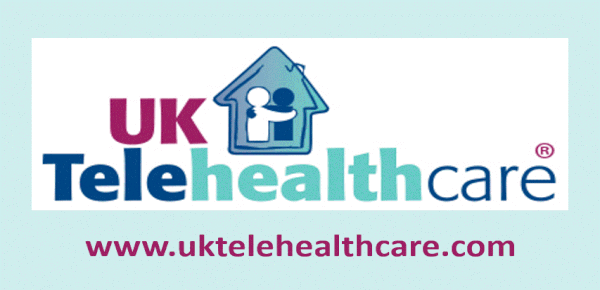Medical device company Masimo may not be able to rid itself entirely of its meddlesome former CEO, Joe Kiani. In fact, if a court awards him the shares exercised under his various employment agreements, he could be 1) a billionaire and 2) the second largest shareholder in the company after Fidelity Investments (FMR). He currently and undisputedly holds 7.5% of Masimo’s shares (Nasdaq: MASI), trading today at over $163.00 and ironically up substantially since his departure. The latest is that Mr. Kiani cleverly filed with the SEC a mandatory “beneficial ownership” report (Schedule G/A, designating an amended form) stating that he owned 13.2% of shares.
The difference? The options, restricted stock units (RSUs), and performance stock units (PSUs) that he attempted to exercise, but have not been granted by the current management, controlled by Politan Capital Management, owner of 8.8% of common shares. Mr. Kiani maintains that he resigned from Masimo on 19 September 2024, the day of the Annual Shareholders Meeting, “for good reason” after losing his board seat and control of the company to Politan. The new, Politan-controlled board on that day placed him on indefinite leave, named an interim CEO (Michelle Brennan), then in October expanded the board by two directors and formally terminated him on 24 October ‘for cause’, invalidating the terms of his eye-watering (and questionable) $400 million severance agreement. That difference–5.7%–is a whopping 3,226,702 shares on top of his existing 4,085,799 shares. In the Schedule 13G/A comments section, the non-granted shares are delicately termed as “subject to a dispute between the Issuer and the Reporting Person” (Mr. Kiani).
This Editor’s source is the excellent and detailed analysis done by Ted Green of Strata-gee. His reporting on Masimo is from close attention to their audio business as they attempt to shed Sound United, comprising major brands such as Polk, Marantz, Denon, and Boston Acoustics. As of this writing, that has not happened though in 2025 financial reporting, it is classified as a “discontinued operation”. His opinion on the strategy behind the unusual filing on shares claimed to be owned, but not in the possession of Mr. Kiani, is that it is a legal tactic thrown into the ongoing dispute around Mr. Kiani’s employment and severance/change of control agreements. Quentin Koffey, Masimo’s vice-chairman plus CIO of Politan, has argued that the previous board controlled by Joe Kiani signed off on compensation packages so rich that they threatened the company’s stability, among other things.
As previously noted in our 6 March and 30 January updates, both Mr. Kiani and Masimo ever since have been going mano-a-mano in the courts–the Southern District of New York (SDNY), Delaware Chancery Court, and in California with the Private Attorneys General Act (PAGA) notice submitted to the California Labor & Workforce Development Agency (LWDA) alleging multiple Labor Code violations concerning wages, multiple stock options, and severance owed to Mr. Kiani under his employment agreements. None of these have been resolved yet to this Editor’s knowledge.
Masimo has been going about its business, holding their annual stockholders’ meeting today. They’ve had good news since September regarding share price, with its rise largely maintained in this roller coaster market, despite a 2024 that was in the red. Strata-gee has an excellent delving into their SEC Schedule 14A filing issued in advance of the stockholders’ meeting. Mr. Green notes that it is full of disclosures and rationales on board and management duties, longer-term compensation structures, and more, written to be investor-friendly in contrast to the over-stuffed filings of the prior regime:
Written in a highly professional, precise, and clear tone, the company is changing many long-held policies – policies related to business management, board oversight, management performance, compensation, and more. And this document delves deeply into these many changes, often explaining what was done in the past, how it will be changed in the future, and why it needs to be done.
Mr. Green’s prognostication is that he expects all directors to be elected (there are no holdovers from the prior regime) and proposals to pass. Masimo’s emphasis on growth and R&D will mean developments in the medical device area. The company is now led by a 100% medical device CEO. They have a core market in hospital monitoring with some extensions into wearables. What direction they go in digital health will play out over this year and next.
Update 30 April: The main website (masimo.com) has been ‘down’ for two days–unusual–while the ‘shop’ pages are still up but not really working. And their W1 watch is no longer for sale as ‘coming soon’. What is afoot?





















Most Recent Comments